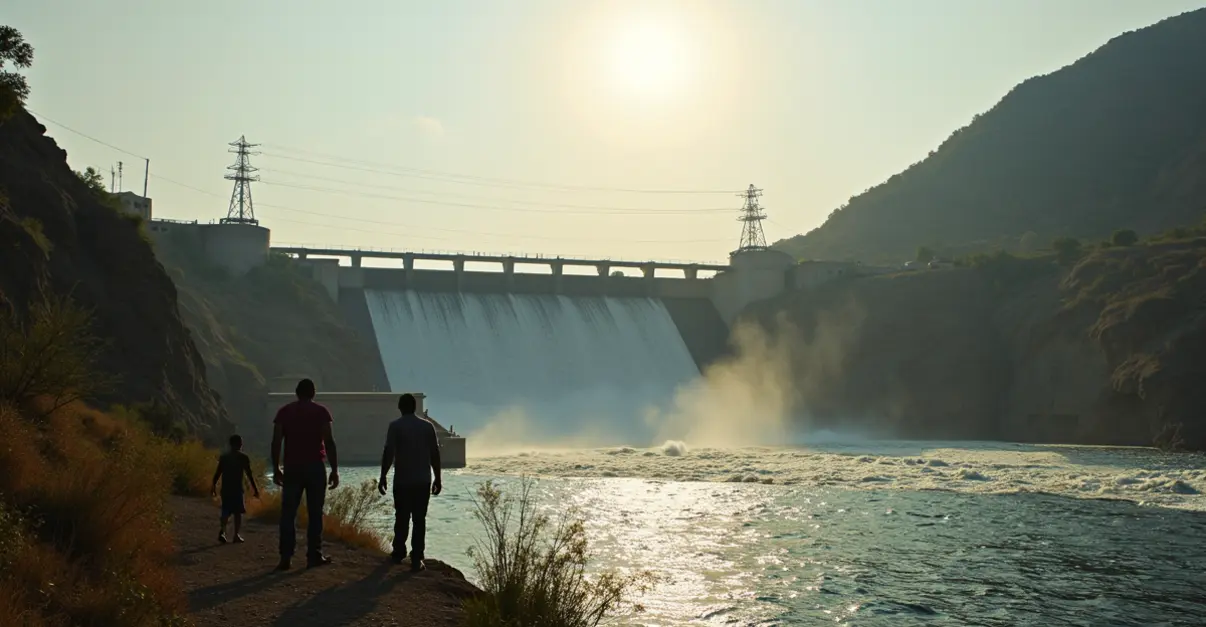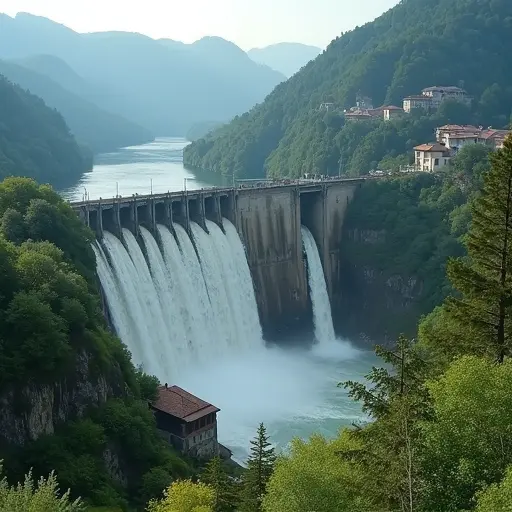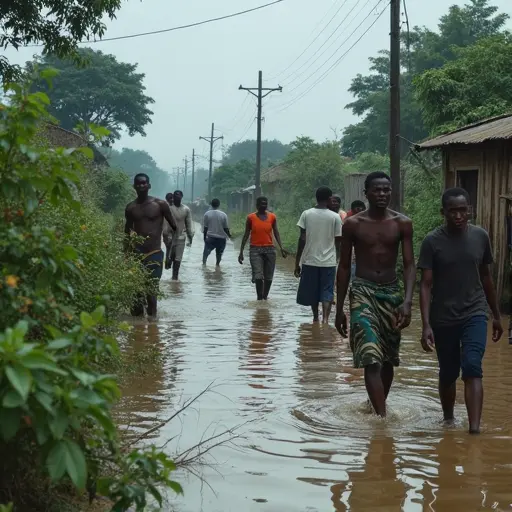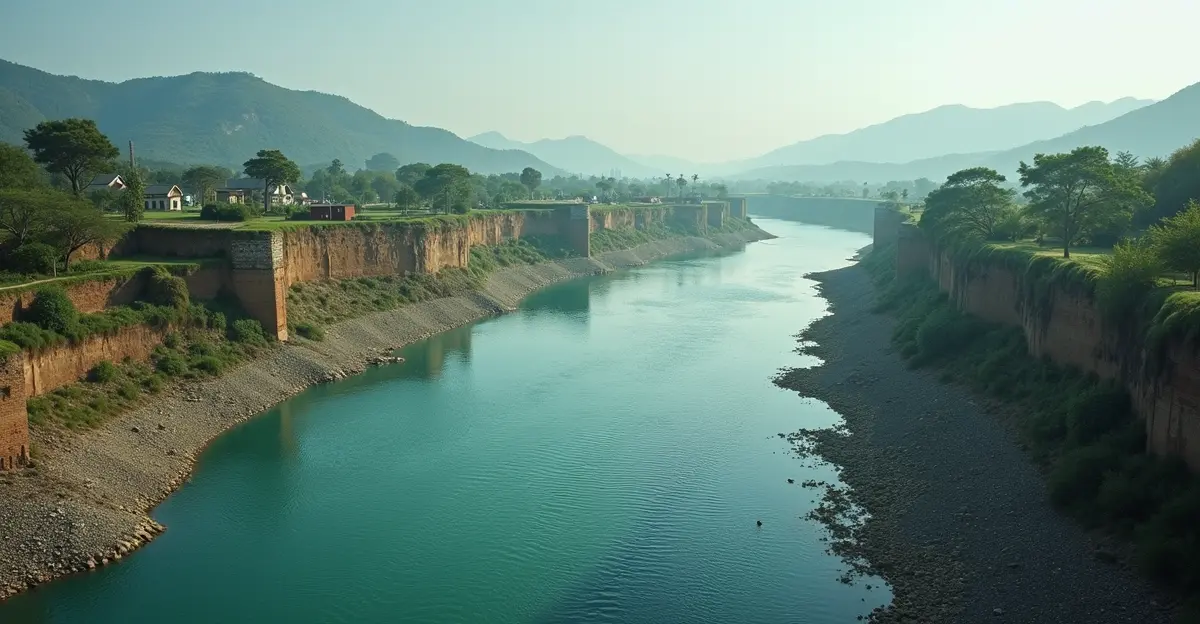Ethiopia inaugurates Africa's largest hydroelectric dam on the Blue Nile, generating 5.15GW capacity while raising water security concerns in Egypt and Sudan downstream.

Historic Inauguration Marks New Era for Ethiopian Power
Ethiopia has officially inaugurated the Grand Ethiopian Renaissance Dam (GERD), Africa's largest hydroelectric project, in a ceremony that marks a significant milestone for the nation's development ambitions. The $5 billion dam, constructed on the Blue Nile River, stands as a testament to Ethiopia's growing regional influence and energy aspirations.
Engineering Marvel with Massive Scale
The colossal structure measures 1,800 meters in length and rises 175 meters high, creating a reservoir with a surface area comparable to metropolitan London. 'This dam represents our nation's determination and technological capability,' stated Prime Minister Abiy Ahmed during the inauguration ceremony. 'It will power our future and transform our economy.'
Regional Tensions and Water Security Concerns
While Ethiopia celebrates this achievement, downstream nations Egypt and Sudan express serious concerns about water security. Egypt, which relies on the Nile for 97% of its freshwater needs, fears reduced water flow could devastate its agriculture and drinking water supply.
'We cannot accept any threat to our water security,' warned Egyptian Foreign Minister Sameh Shoukry earlier this week. 'All measures remain on the table to protect our national interests.'
Power Generation and Economic Impact
The GERD boasts an installed capacity of 5.15 gigawatts, making it Africa's largest power plant and among the top 20 globally. Despite this massive capacity, nearly half of Ethiopia's 135 million citizens currently lack electricity access. The government plans to connect 90% of the population to the grid within five years while exporting surplus power to neighboring Kenya and Eritrea.
Historical Context and Diplomatic Challenges
The dam project has been a source of regional tension since construction began in 2011. Egypt cites a 1929 colonial-era treaty that requires Ethiopian permission for Nile-related projects, while Ethiopia asserts its sovereign right to develop resources within its borders.
According to Wikipedia, the dam's construction involved approximately 15,000 workers over 14 years, though casualty figures remain disputed between government claims and engineer estimates.
The project represents Ethiopia's emergence as a regional power and its determination to overcome domestic challenges, including recent civil conflicts, through infrastructure development and economic growth.

 Nederlands
Nederlands English
English Français
Français Deutsch
Deutsch Español
Español Português
Português






